Macromastia (large breasts) is a commonly misunderstood problem that many women face which is characterized by a variety of symptoms: from physical pain and quality of life issues to emotional and psychological distress. Breast reduction surgery is an increasingly common treatment for this condition with nearly 100,000 performed each year in North America. Variations depend greatly on the individual patient.
Dr. Raj guides patients through the process from the initial consultation through the procedure and into recovery. Reduction mammaplasty, as with any kind of surgery, has risks and complications, so it’s a good idea to ask your doctor any questions you might have about the procedure.
Table Of Contents
- What is Breast Reduction Surgery?
- Options and Variations
- Initial Consultation
- After the procedure
- Limitations, Risks, and Possible Complications
- FAQ
- Read patient reviews
Before and After Images
*Individual results may vary.


This females in her 50s underwent breast reduction surgery to improve her appearance. She had multiple pregnancies and weight loss. She felt her breasts were very “droopy” and asymmetric. She wanted them to be perkier so she did not have to wear a bra. She underwent a specialized breast reduction procedure to make her breasts smaller and more symmetric.
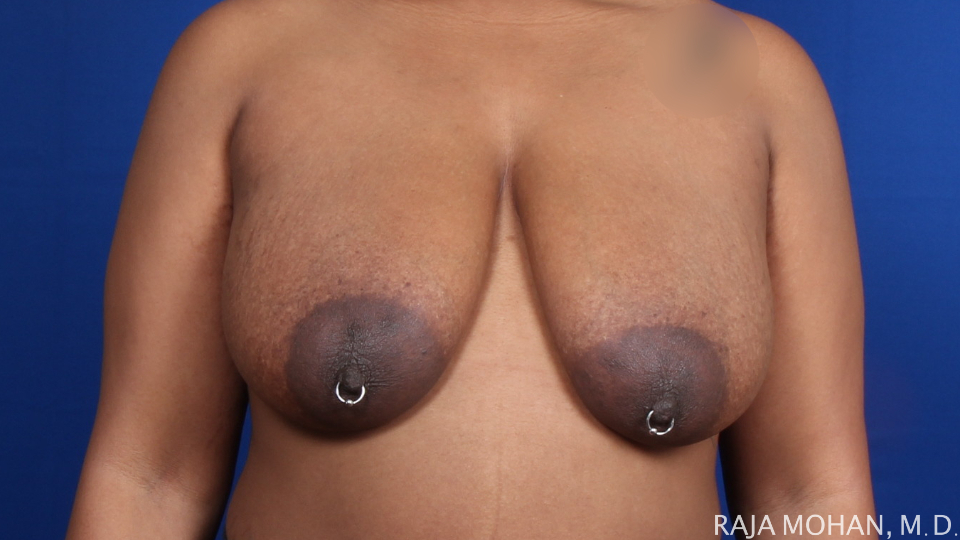
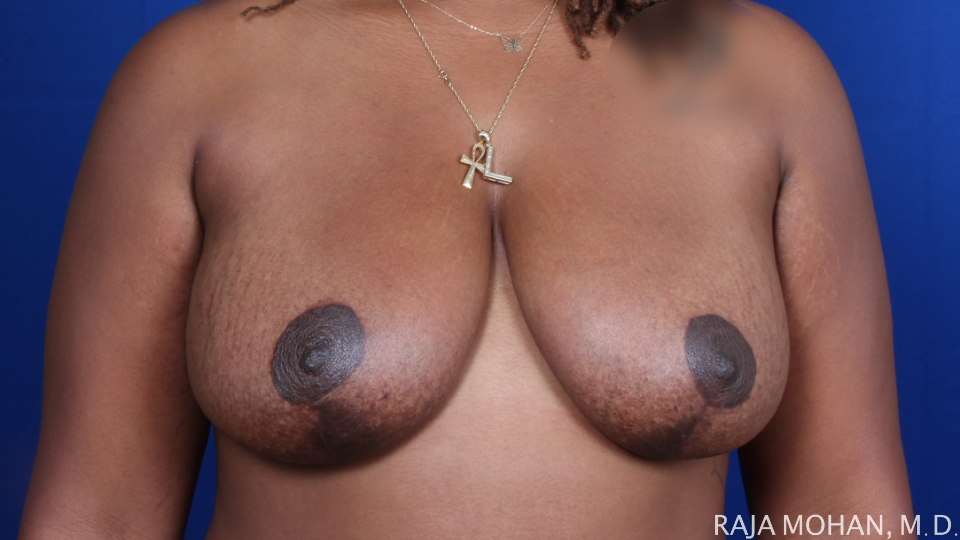
This is a 35 year old female who wanted a breast reduction to improve the appearance and shape before her wedding. She had pendulous breasts with very large areola. She underwent a reduction to reduce the size of breasts; lift her breast tissue; and raise her nipple position. She underwent a dramatic difference after breast reduction and was elated with her result.
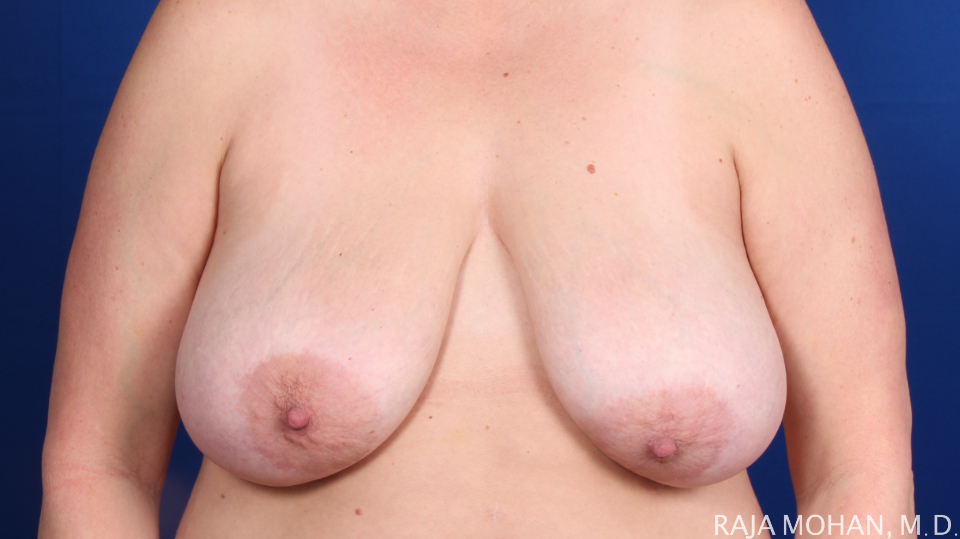
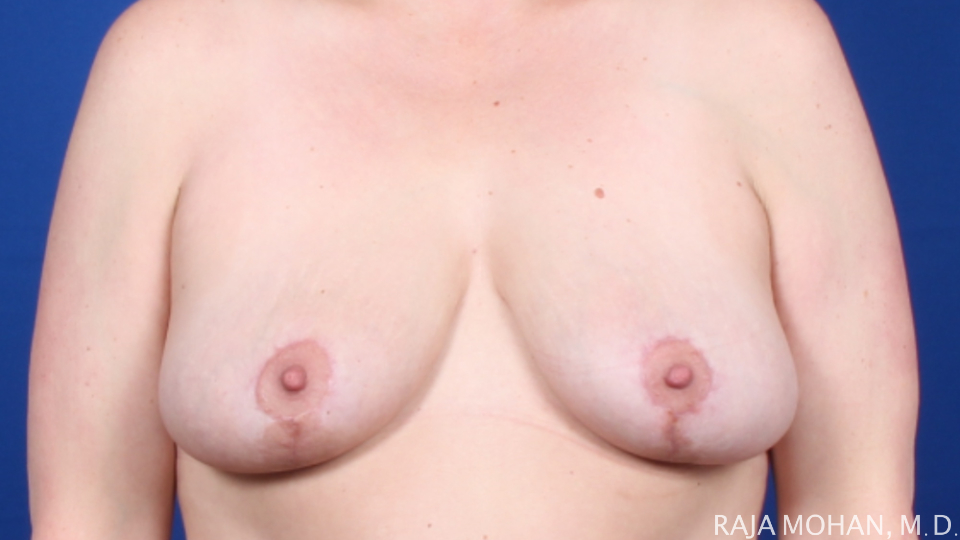
This patient desired a breast reduction but is unique in that she underwent significant weight loss (greater than 50 lbs). These patients tend to have more loose skin. Also her nipples are symmetric and in different positions. The goal was to reduce the size of her breasts and areola and try to achieve her more symmetry.
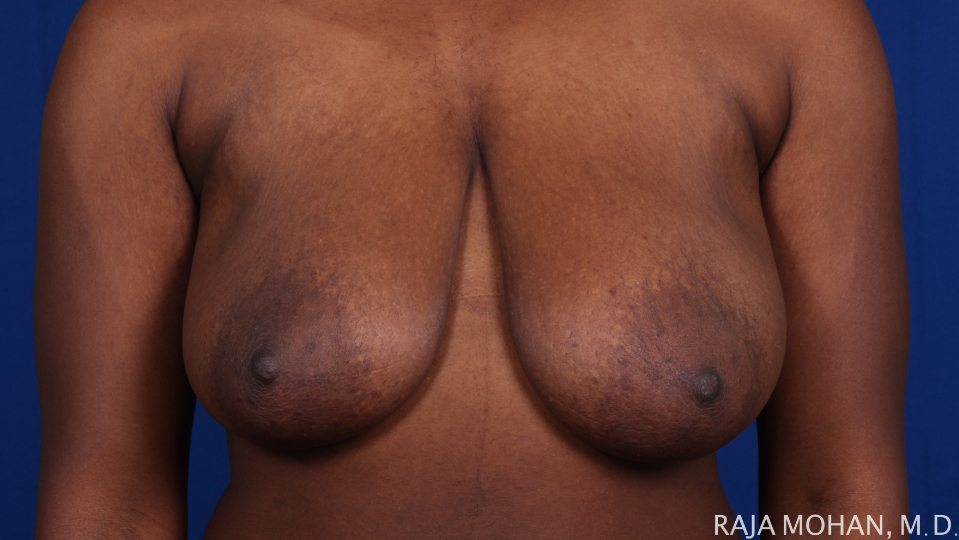
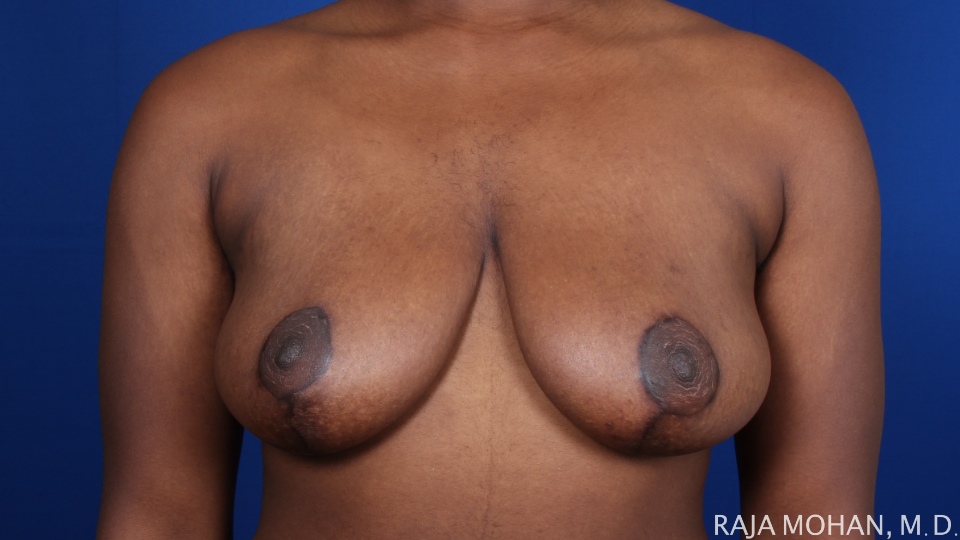
This is a teenage patient who had macromastia and felt her breast size made it difficult for her to play volleyball competitively. Her breast size progressively increased throughout her high school years. She underwent a breast reduction and noted significant improvement in the appearance and her ability to play sports.
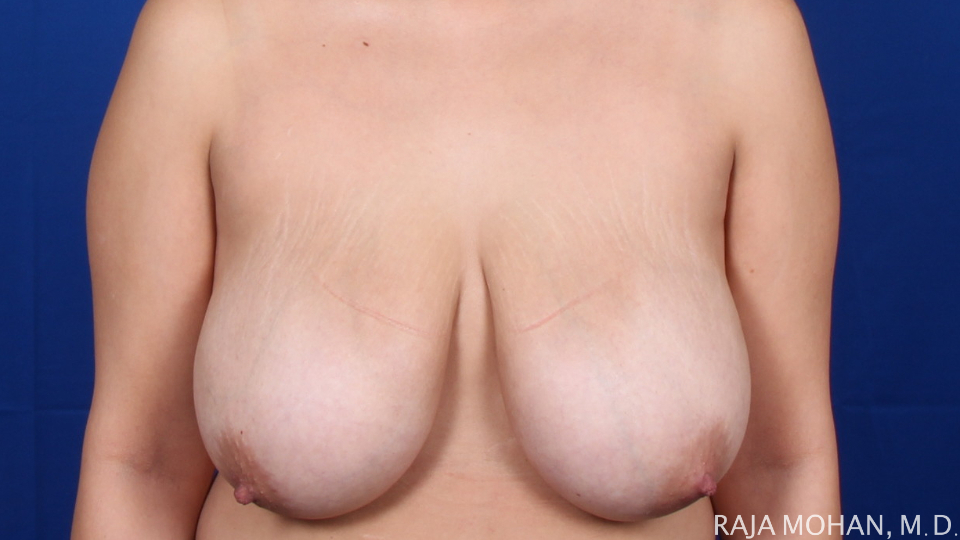
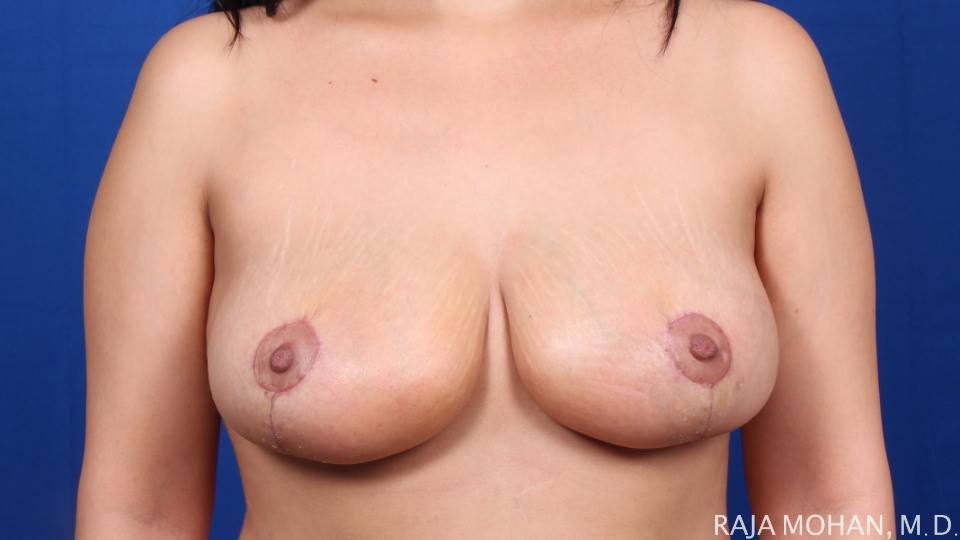
37-year-old female interested in breast reduction. She felt after multiple pregnancies, her breasts had gotten larger and droopy. She stated this was genetic. She desired a procedure to reduce the size of her breasts so she could fit in bras better and also make it easier for her to exercise. Post-operatively, she had decreased size and improve shape and all of her goals were met.
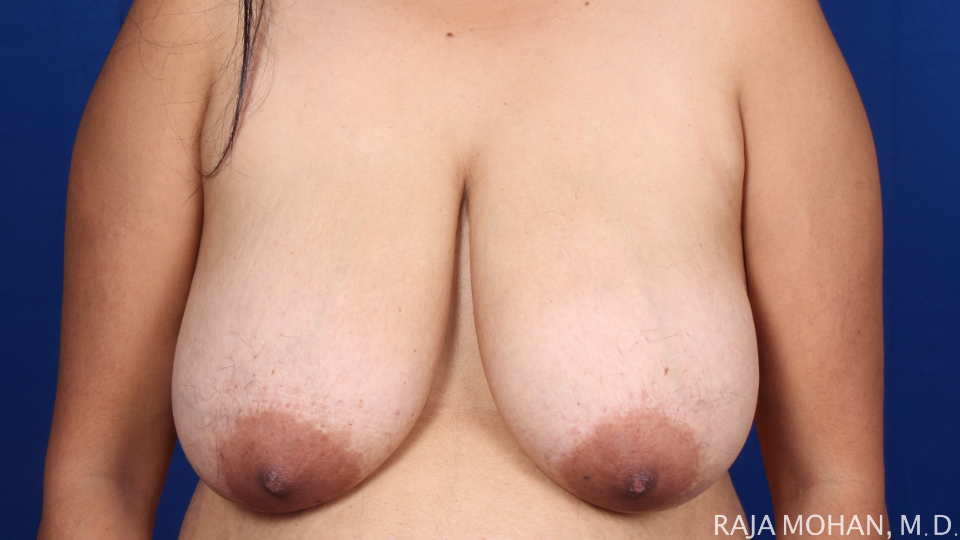
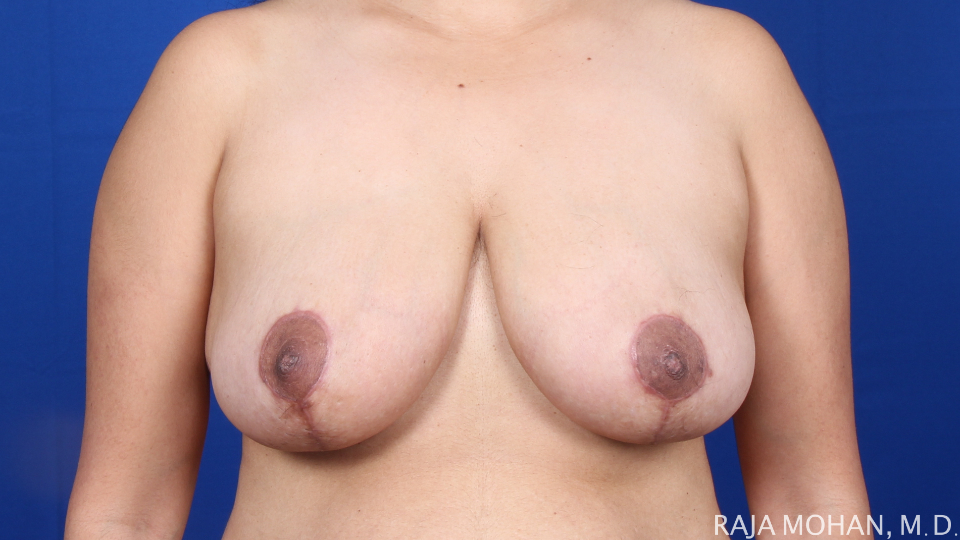
40 year old female who had the classical signs of macromastia such as back pain, neck, and rashes. She desired a breast reduction to primarily improve her lifestyle. She has a petite figure and felt the breasts were very large and hampering her. She underwent a breast reduction to reduce the size of her breasts and also lift them. She had a more natural post-operative appearance and her symptoms were resolved.
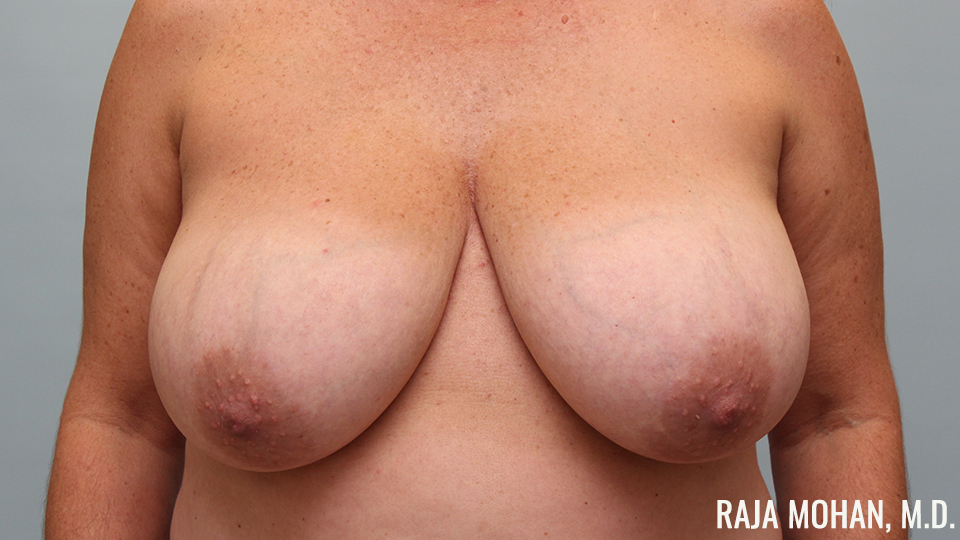
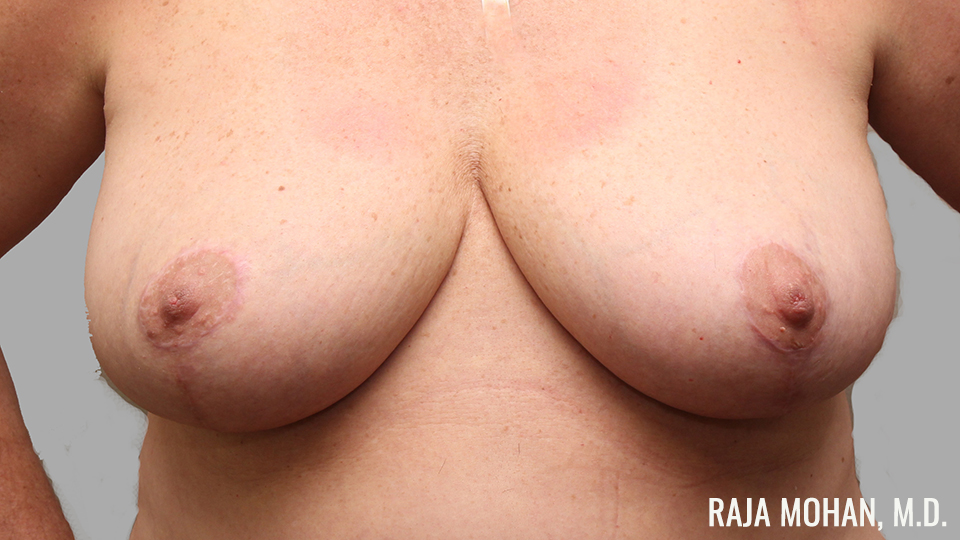
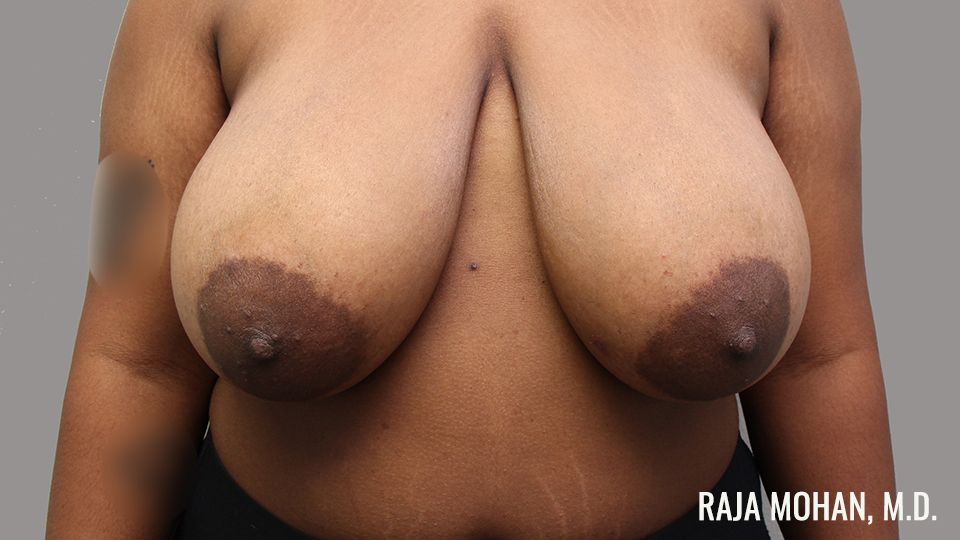
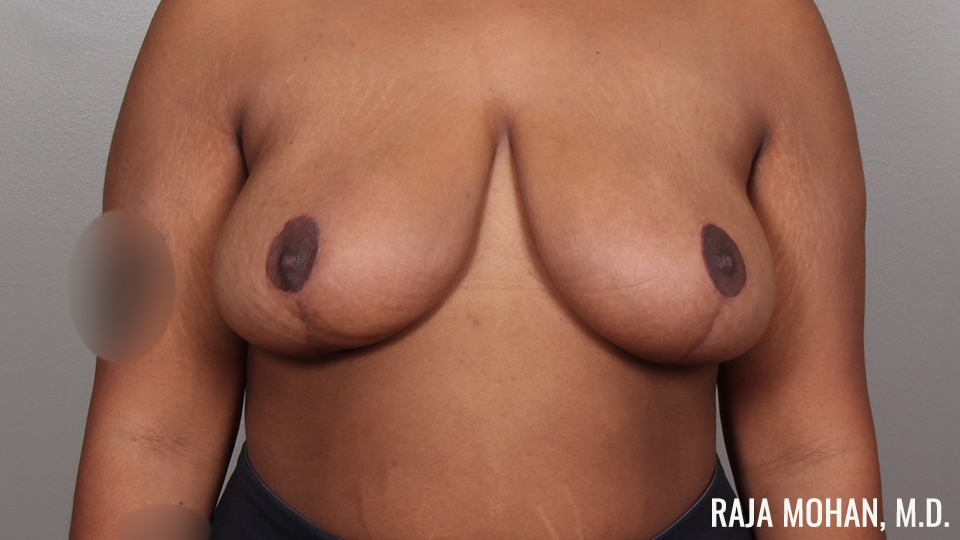
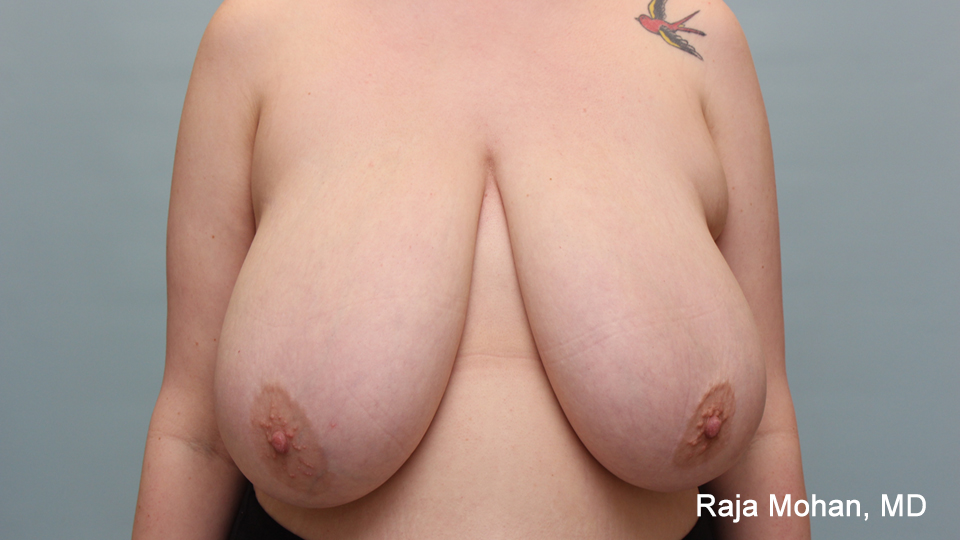
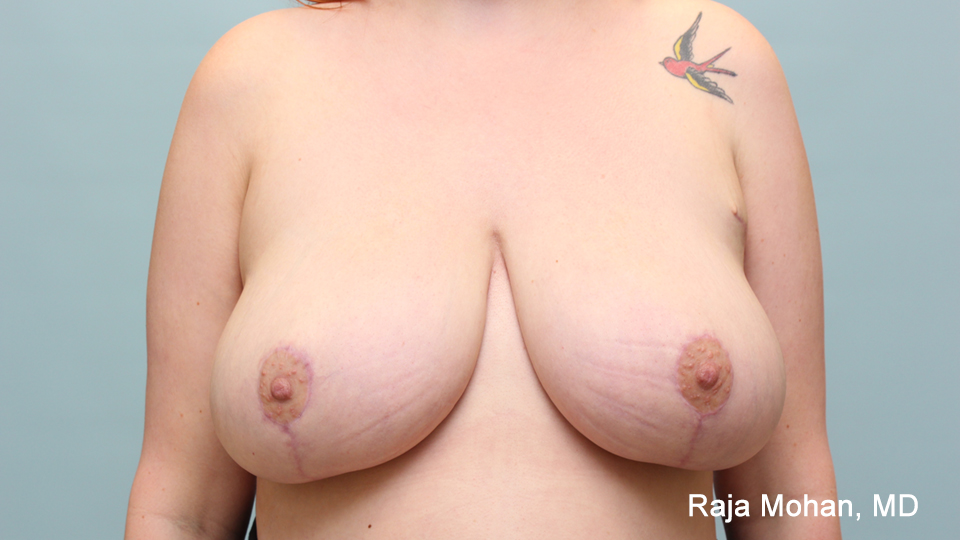
What is Breast Reduction Surgery?
When a patient’s breasts are larger than their frame can support (macromastia) it can cause a variety of symptoms, such as pain and compression in the neck and spine. Reduction mammoplasty is a procedure intended to decrease the size of the breast and help alleviate these and other symptoms by reducing the size of the breasts while maintaining a natural breast shape.
Who is a candidate for surgery?
Some women choose to undergo surgery because they are dissatisfied with the size of their breasts – which can cause discomfort or pain in the neck and back. They may have difficulty shopping for clothing or suffer from rashes under their breasts. Candidates for surgery should be mentally and physically healthy and at a relatively stable weight for best long-term results. Tobacco use is strongly discouraged as it can slow healing and lead to complications from surgery.
Fact: Most women with macromastia or large breasts require at least 500gm of tissue in each breast to be removed during surgery in order to eliminate their symptoms.
Video: Breast Reduction Dallas Information
Options and Variations
There are two major considerations when Dr. Raj plans a reduction.
First, it is important to determine the skin incision pattern because to accommodate or cover the smaller breast, the overlying skin envelope will need to be made smaller.
Secondly, the manner in which the breast tissue will be reduced also has to be planned. Some tissue must be preserved to maintain blood flow to the repositioned nipple. This helps maintain sensation and preserve lactation capability.
Common incision patterns and techniques include:
Vertical Incision Method (Lollipop Reduction, Keyhole Reduction)
Some patients are candidates for this method of surgery, where an incision is made around the border of the areola and then vertically down from the areola to the breast crease. Also commonly used as a breast lift procedure, the vertical incision method is appropriate for women who only require a moderate amount of tissue reduction.
Inferior pedicle technique (anchor pattern, inverted-T incision, Wise pattern)
The most common approach to reduction surgery, an incision is made around the perimeter of the areola, vertically down the center of the breast and then horizontally along bottom seam of the breast where it meets the abdomen. The nerves and blood supply to the nipple are maintained by keeping the nipple and areola connected to the tissue in the lower portion of the breast while it is repositioned.
These techniques pose a low risk of losing sensation in the nipple and gives women a positive chance at still being able to breast feed, once their breasts have healed.
Why Choose Dr. Raja Mohan?
Patients choose cosmetic surgeon Dr. Raj for a variety of reasons. He trains and studies with the best in the industry as a peer and leader, and this commitment means that his patients are always able to benefit from advancements at the cutting edge of science and surgery. He is knowledgeable and personable and is known for both candor and compassion. He really cares about his patients and it shows, both in how he interacts with them as well as in the quality of patient care he provides. Ultimately, all roads end with the outcomes, and the reason most people choose Dr. Raj as their Dallas breast reduction doctor is that he delivers results that speak for themselves.Dr. Raj Mohan is a board-certified, aesthetic-fellowship-trained plastic surgeon.





Initial Consultation

He will then provide a detailed description of the procedure covering the risks, benefits, and ideal outcomes and conduct a thorough examination. Specific measurements are taken and the ultimate goal size is determined.
The Procedure
The specific procedure ultimately depends on how much tissue needs to be removed in a breast reduction. Another important consideration is how much the nipple needs to be elevated. A reduction always lifts the nipple or transposes it to a more normal position above the inframammary fold.
During most procedures, once the patient is under anesthesia Dr. Raj will:
Make an incision around the areola and down each breast. Most commonly he will use the anchor pattern based on the amount of tissue to be removed but may use other incisions.
Remove excess breast tissue, fat and skin according to the surgical plan.
Reshape the breast to create a natural appearance and re-position the nipple in its new location. Every effort is made to maintain the sensation and function of the nipple. In some rare circumstances, the nipple may need to be removed and relocated.
The patient is then closed with sutures, skin adhesives, or medical tape.
Before the procedure
Before the procedure, patients are given clear instructions on how to prepare for the procedure and what medications to avoid. Patients may need pre-operative testing to be completed and older patients will be required to obtain a mammogram. Typically, patients who are healthy and are non-smokers are good candidates for the procedure.
The day of the procedure
The procedure is done at an accredited surgery center or at a hospital. On the day of surgery, Dr. Raj will perform markings to plan the technique such that the nipple will be in a more appropriate position. Afterwards, under general anesthesia, Dr. Raj will perform the procedure which will take about 2-4 hours depending on the complexity and extend of the surgery. Most patients can go home the same day after the procedure.
After the procedure
Patients are given detailed instructions on the recovery process. Dr. Raj recommends patients wear a support bra for 2 weeks after the procedure. They can apply soft pads or gauze over the incisions. It is normal to have bruising and swelling the first week of the procedure but that will subside with time. Patients will feel immediate relief and will noticeably have less back pain or neck pain.
All sutures are dissolvable and do not require removal. Patients can resume their normal exercise regimen 4 weeks after the procedure once the wounds have sufficiently healed. After one month, Dr. Raj teaches different techniques and modalities to minimize scarring.
Limitations, Risks, and Possible Complications
- Unfavorable scarring (wide or darkly pigmented scars)
- Infection
- Changes in nipple or breast sensation, which may be temporary or permanent
- Risks of anesthesia
- Bleeding (hematoma)
- Poor wound healing or wound breakdown
- Breast contour and shape irregularities
- Skin discoloration, permanent pigmentation change
- Swelling and bruising
- Asymmetry of breasts
- Fluid accumulation (seroma)
- Excessive firmness of the breast
- Potential inability to breastfeed
- Potential loss of skin/tissue of breast where incisions meet each other
- Potential, partial or total loss of nipple and areola
- Deep vein thrombosis, cardiac and pulmonary complications
- Fatty tissue deep in the skin could die (fat necrosis)
- Possibility of revisional surgery
FAQ
What are the symptoms of macromastia?
How Long Will the Results Last?
Is this a common procedure?
Does Dr. Raj use drains?
Do patients go home after the surgery?
Is breastfeeding possible after reduction surgery?
Can teenagers have this procedure?
When can a patient resume normal activities after surgery?
Where is the surgery performed?
Can Liposuction Be Used with this procedure?
What happens to the breast tissue that is removed?
What size will I be after a reduction?
Is Breast Reduction Surgery covered by my insurance?
What If the reduction makes the breasts too small?
What scars will I have?
What is the cost of breast reduction surgery?
Is there breast reduction for men?
Dallas Breast Reduction Consultation
If you want to learn more about breast reduction surgery and whether or not it’s the right procedure for you, please call (469) 301-1725 to schedule a consultation with Dr. Raj Mohan, board certified plastic surgeon serving the Dallas-Fort Worth Metroplex. He serves the Dallas-Fort Worth Metroplex serving Irving, Arlington, Grapevine, Southlake, Dallas, Plano, Frisco, Irving, and Coppell.